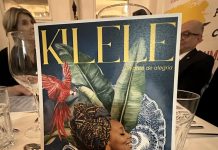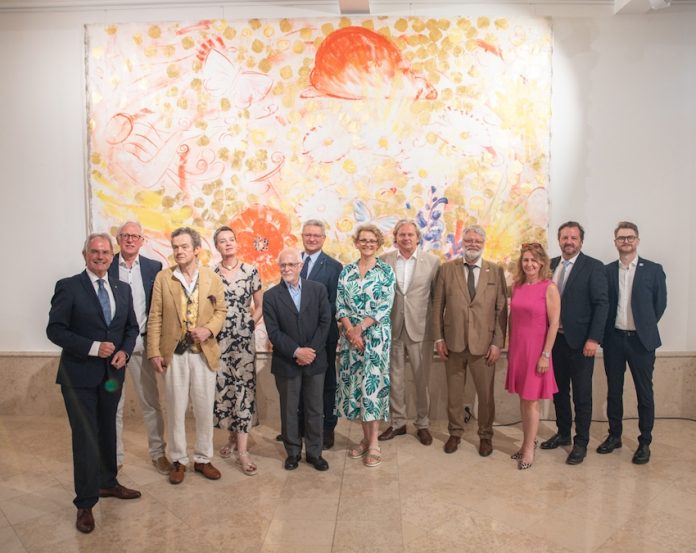Edited by Anna Popper
On 28 June 2025, the exhibition “The Glory of Beauty” was inaugurated at Pesti Vigadó, one of Budapest’s most prestigious cultural venues on the Danube bank. Showcasing the works of four acclaimed contemporary artists from Lower Austria – Eduard Angeli, Franziska Maderthaner, Rudolf Leitner-Gründberg, and Johann Berger – the exhibition is on view until 24 August in the fifth-floor gallery of the historic building.

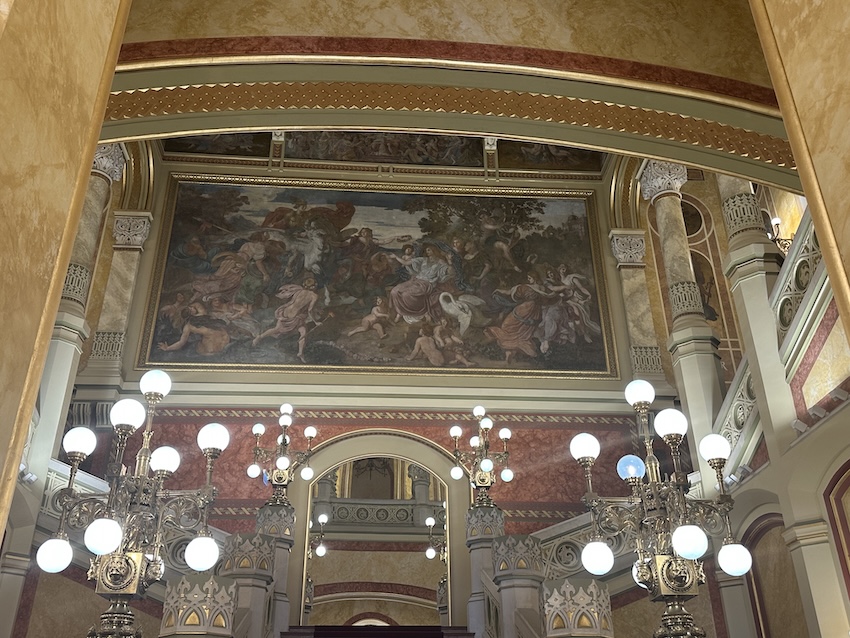
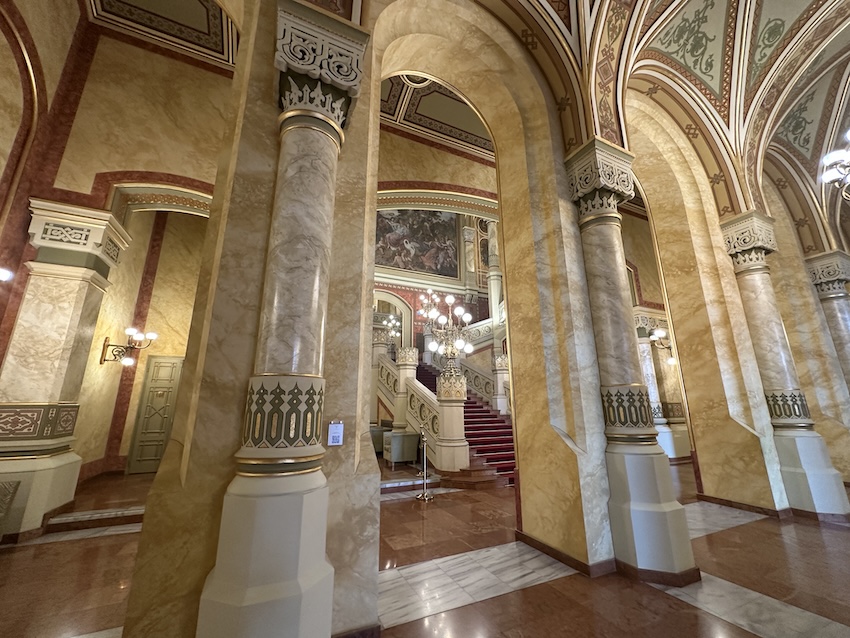
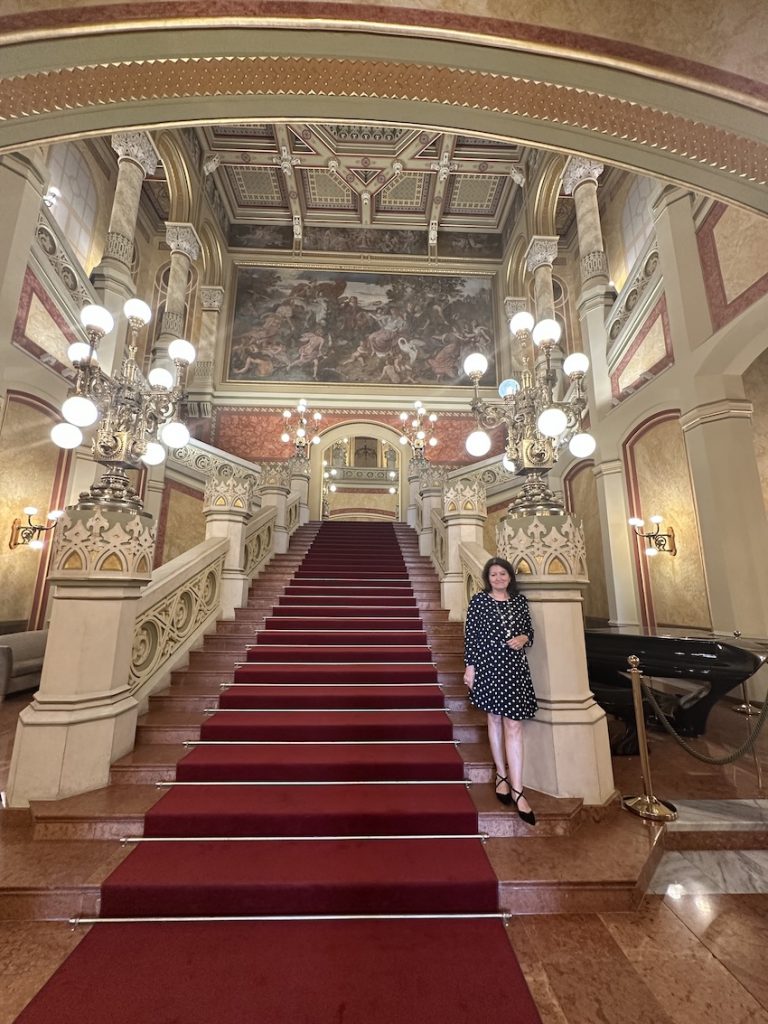
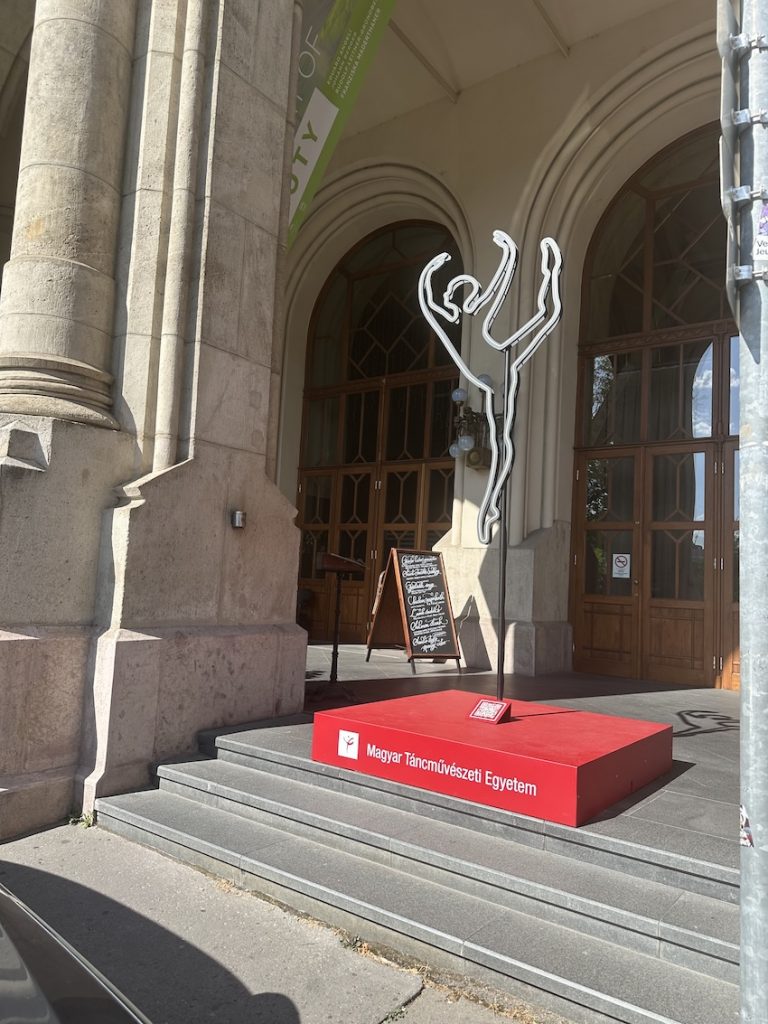
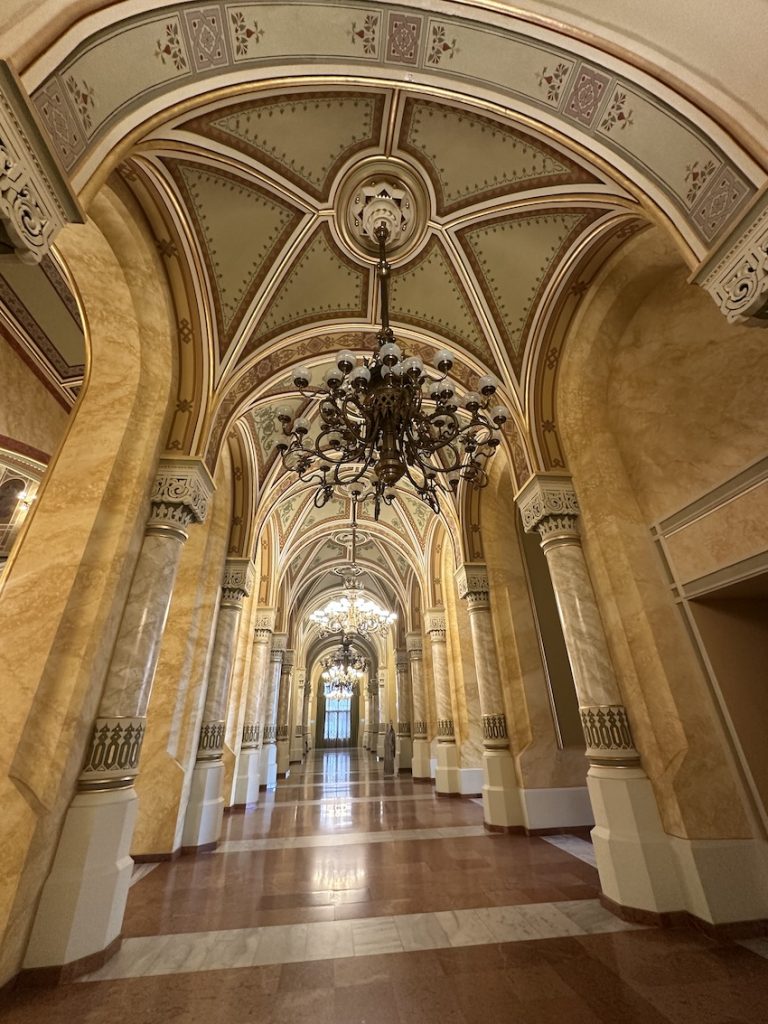
Curated by Mag. Carl Aigner, with the support of the Hungarian Academy of Arts (Magyar Művészeti Akadémia – MMA), the exhibition presents a carefully selected collection of large-format paintings and sculptures that explore the essence and perception of beauty in the contemporary age. Without addressing beauty as an explicit theme, the works evoke a spectrum of emotional and intellectual responses – from melancholy and transience to longing and inner reflection – revealing beauty as a deeply personal and temporal experience.

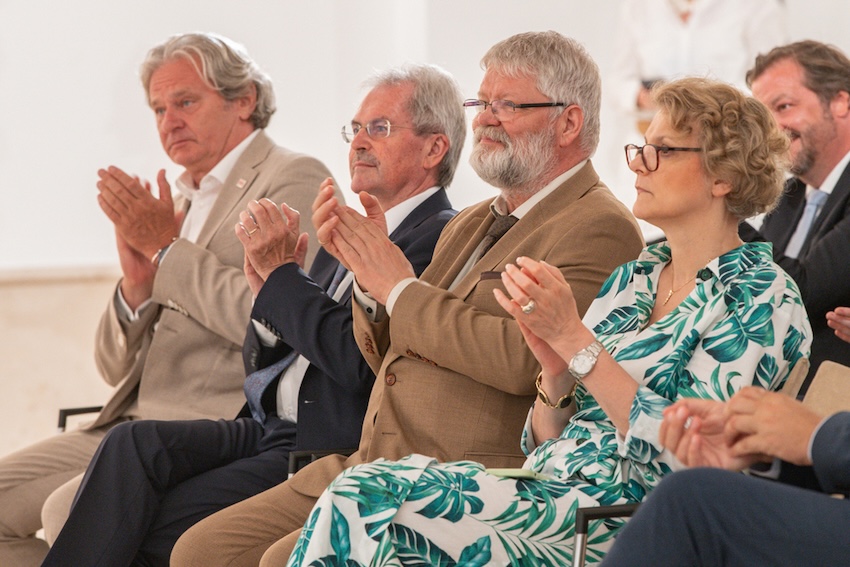

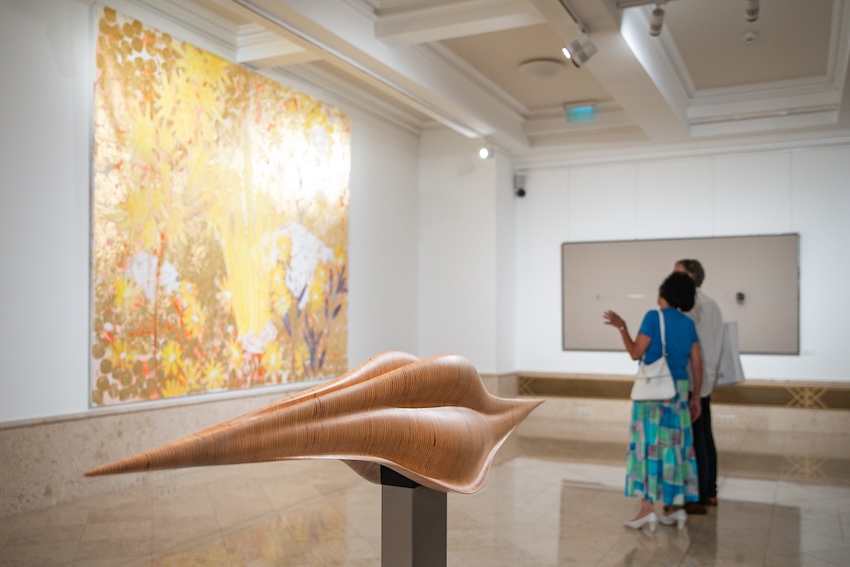
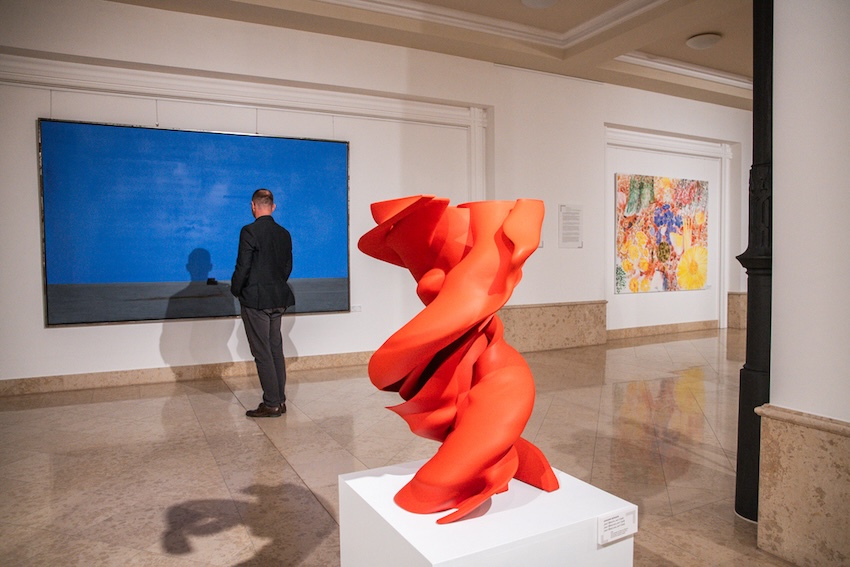
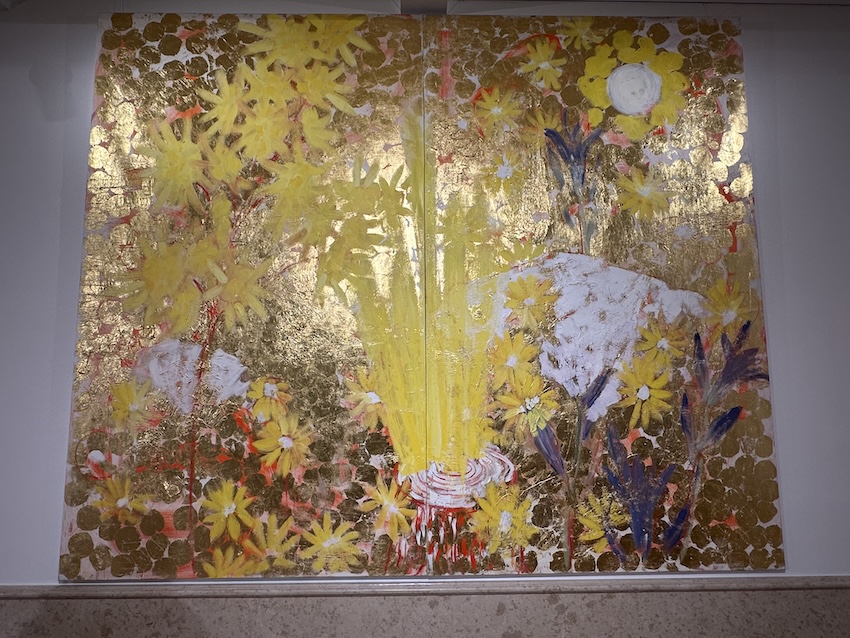
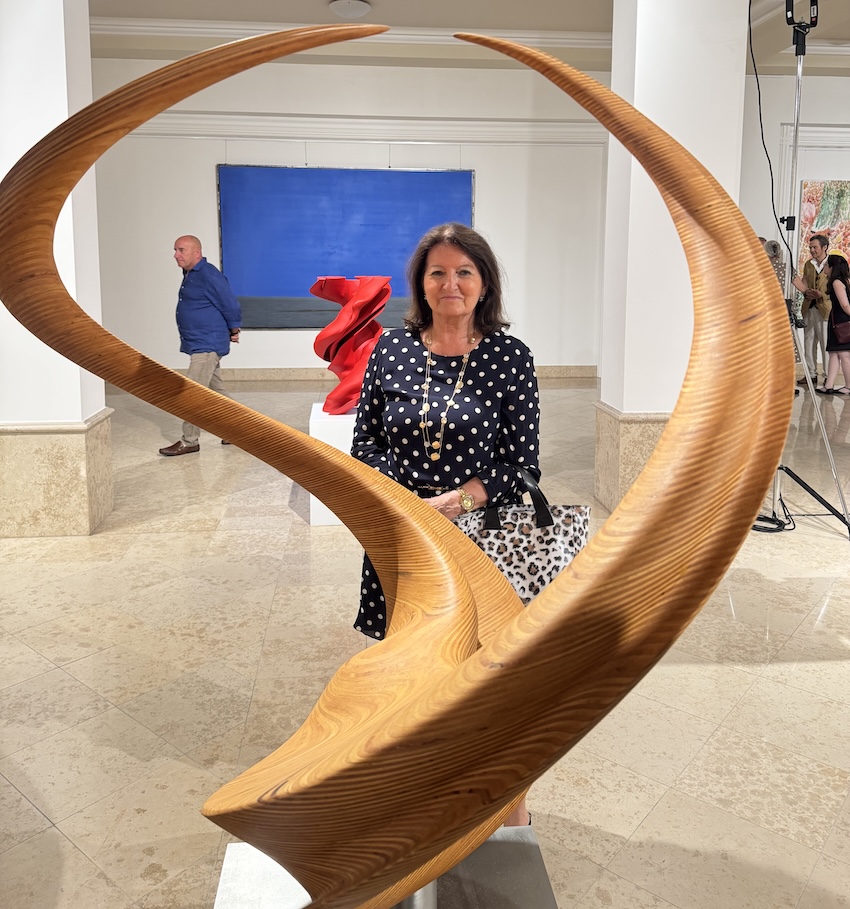
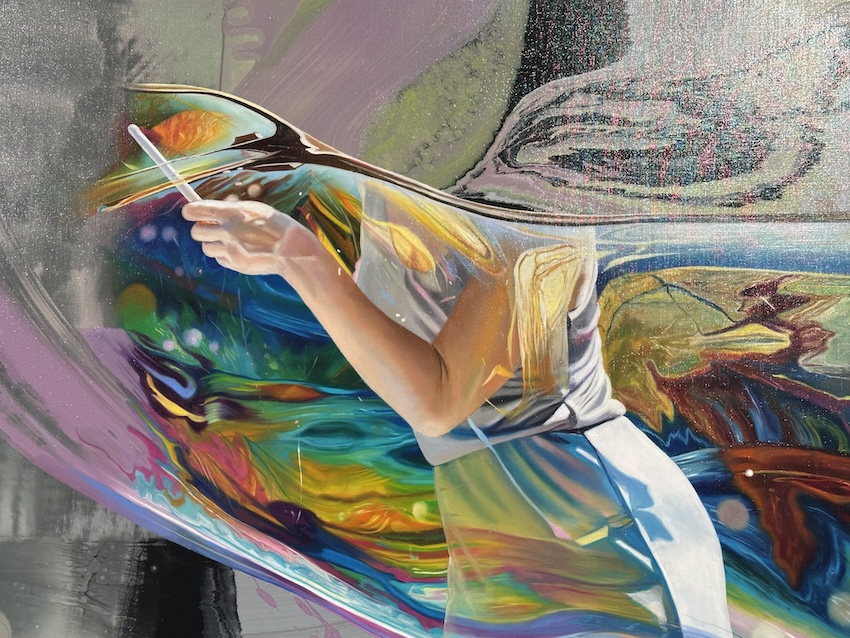
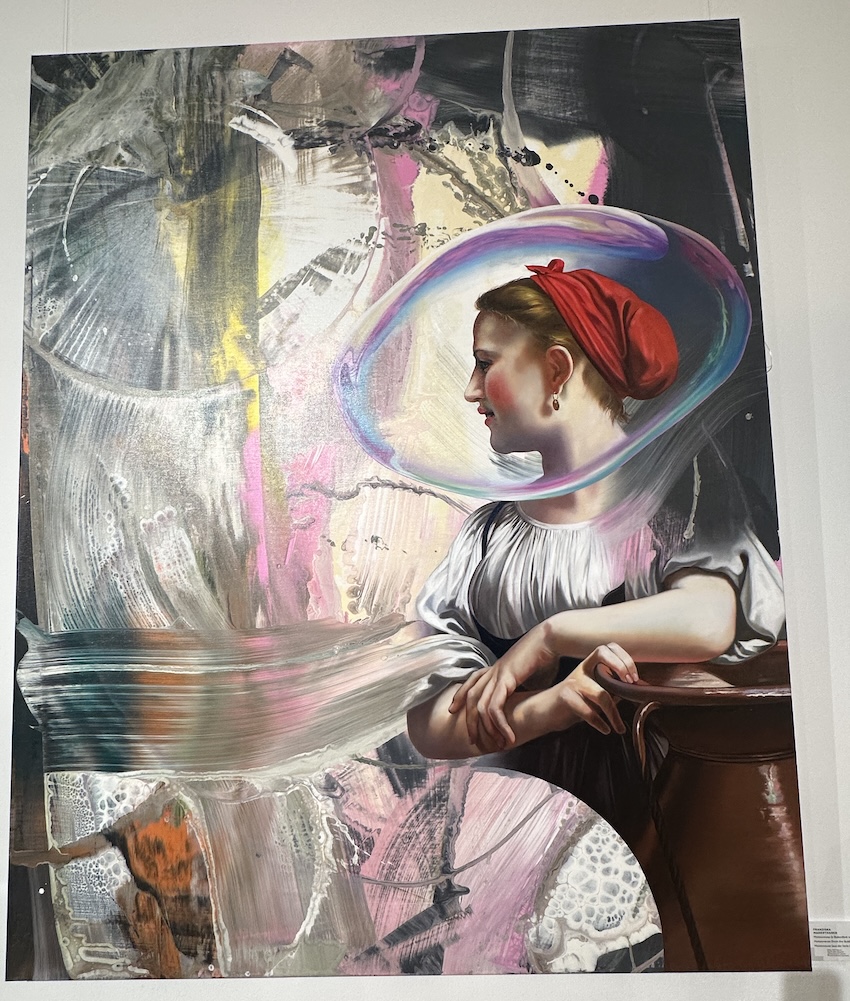
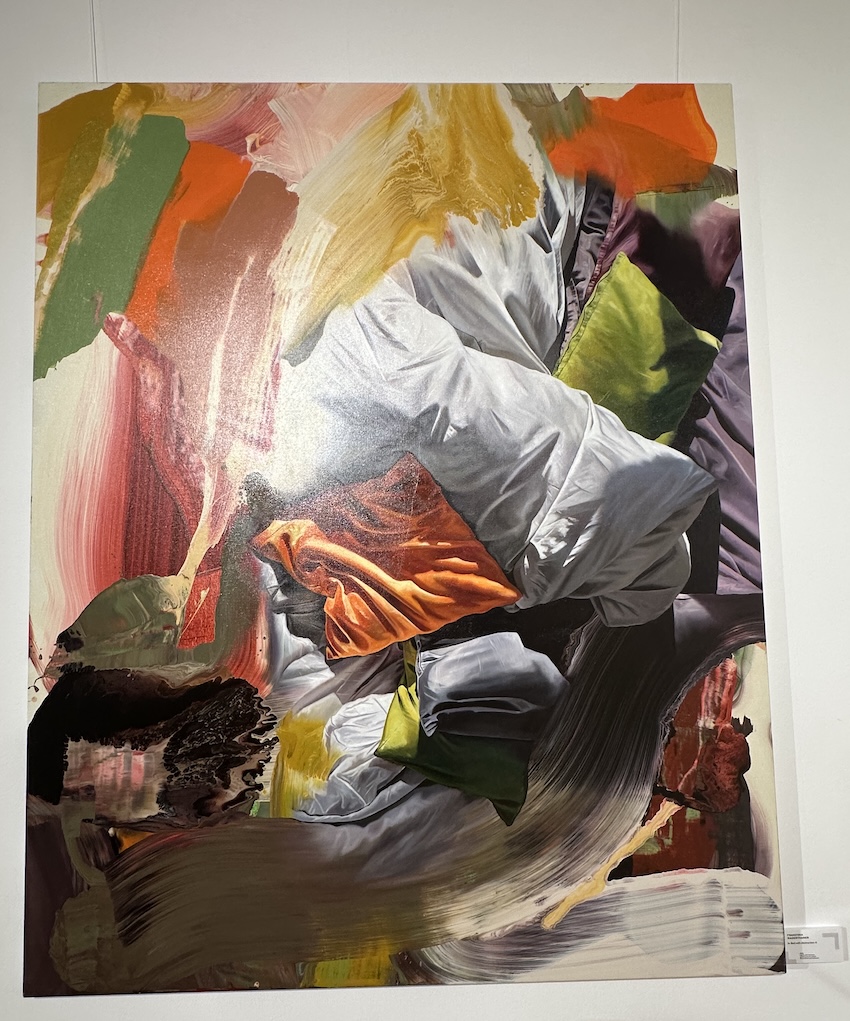
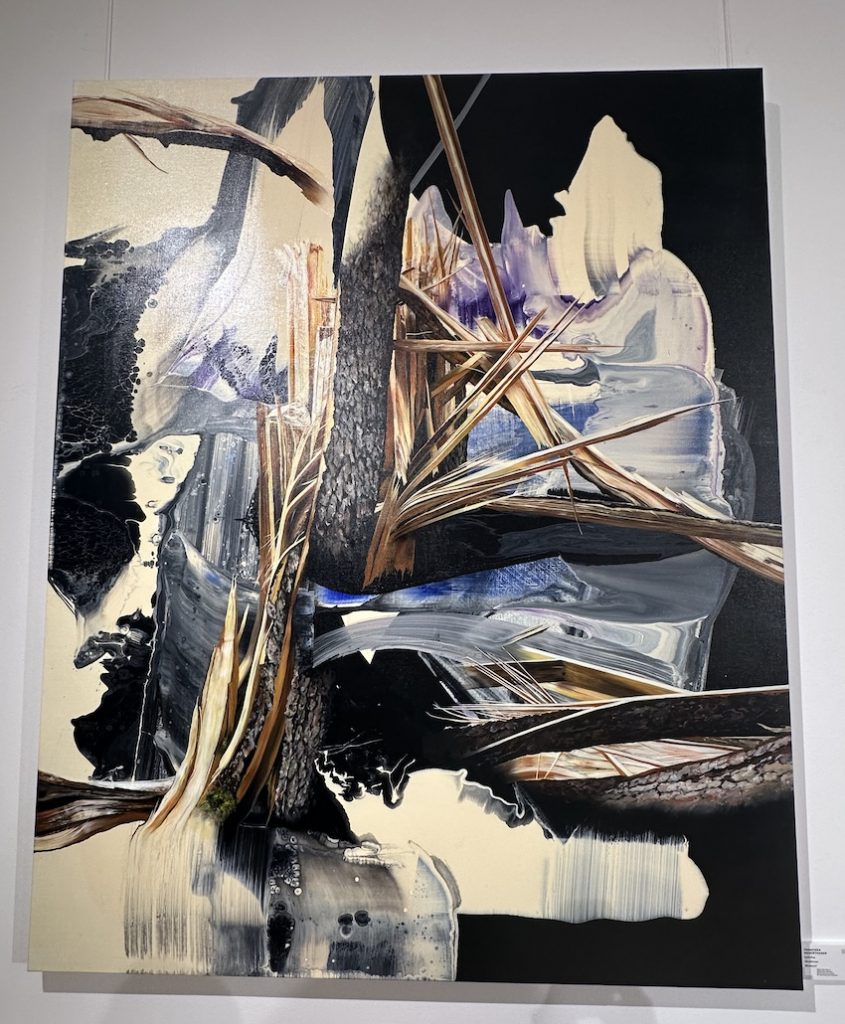
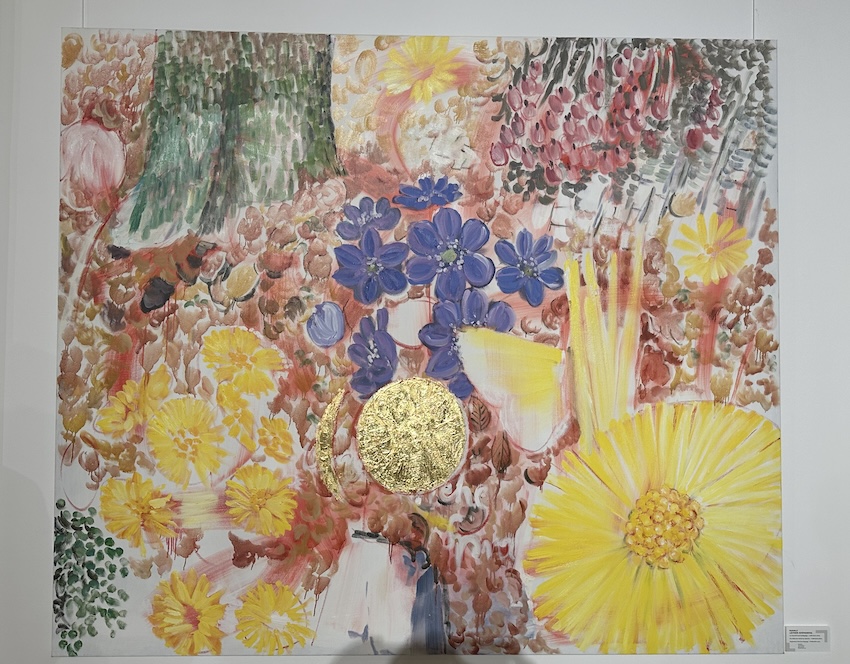
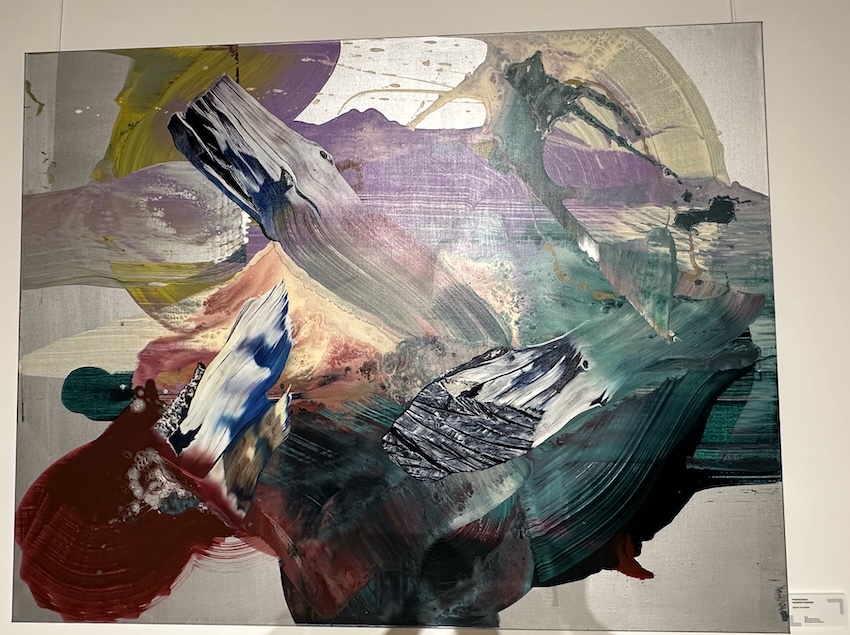

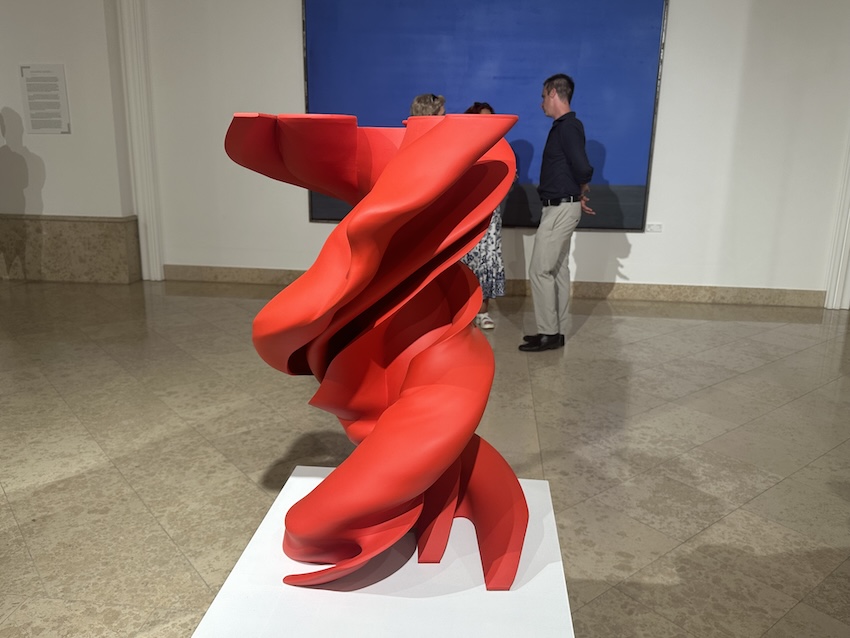
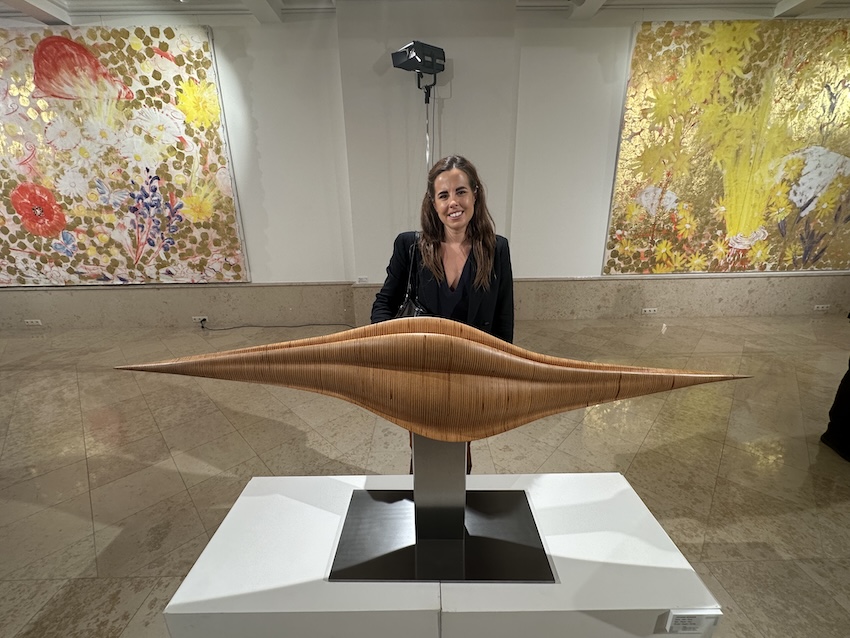
Numerous high-ranking dignitaries and representatives of the art world participated in the opening ceremony. Among the distinguished guests were H.E. Mrs. Astrid Harz – Ambassador of Austria to Hungary; Mr. Karl Wilfing – President of the Parliament of Lower Austria; Mr. Hermann Dikowitsch – Head of the Arts and Culture Department in the Office of the Lower Austrian Government; and Ms. Katka Krejcova, responsible for international cultural relations in the same department. The Hungarian side was represented by Mr. Attila Turi – President of the MMA; Mr. Zoltán Rátóti – Vice-President of the MMA; and Mr. Márton Strohner – Head of the MMA’s Department of International and Regional Affairs. The exhibiting artists Rudolf Leitner-Gründberg, Franziska Maderthaner, and Johann Berger were also present and personally introduced their works to the audience.
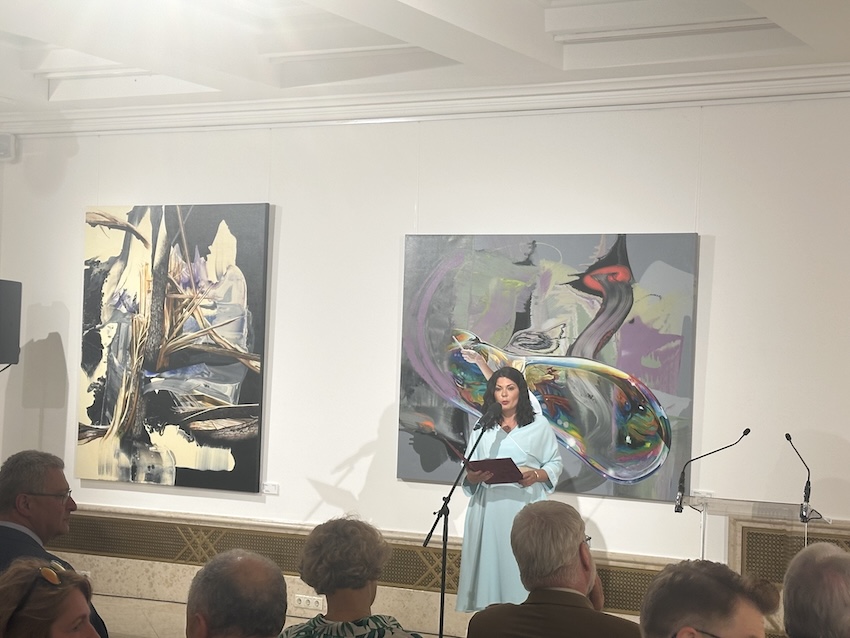
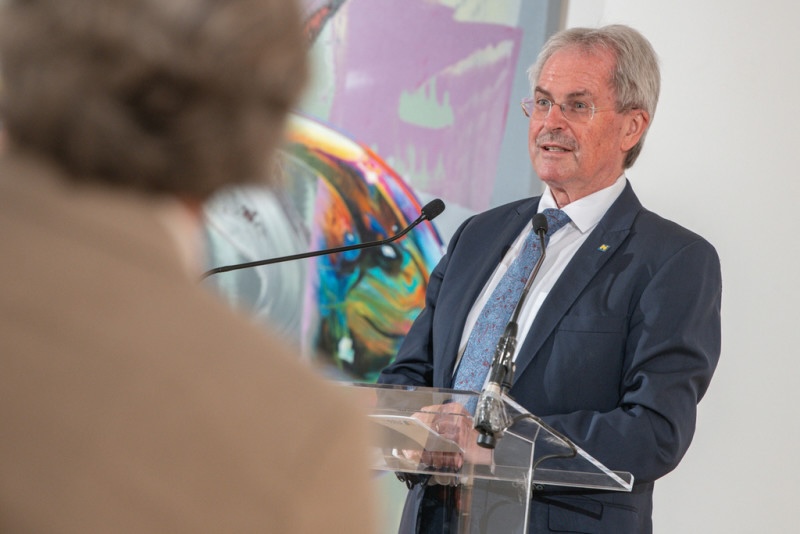
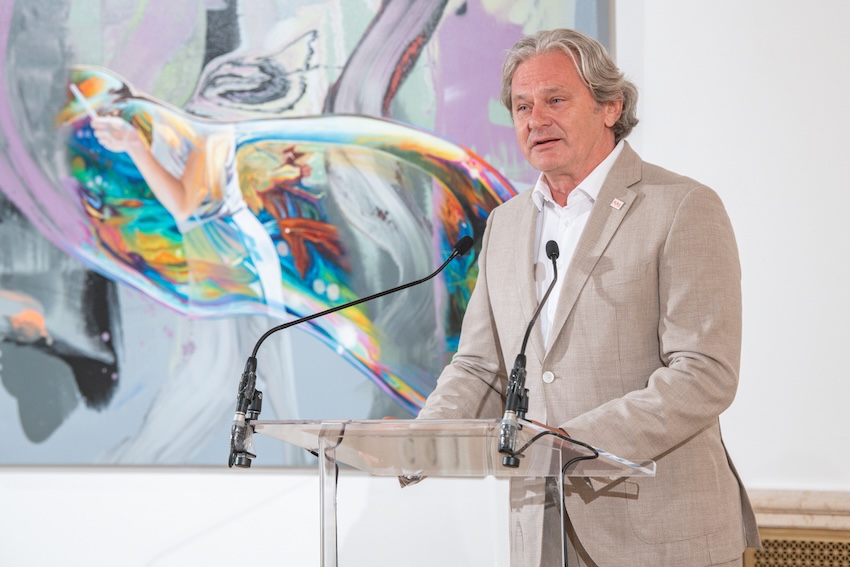
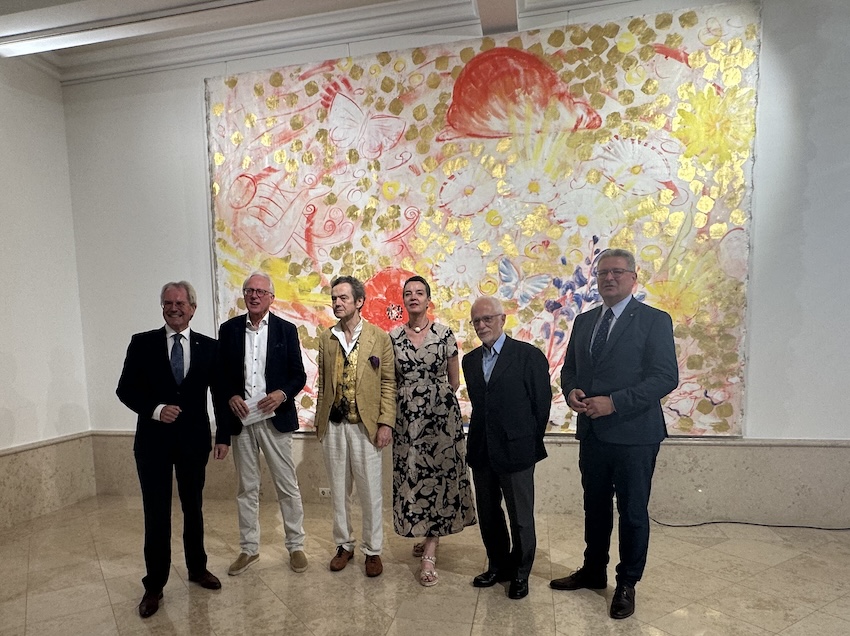

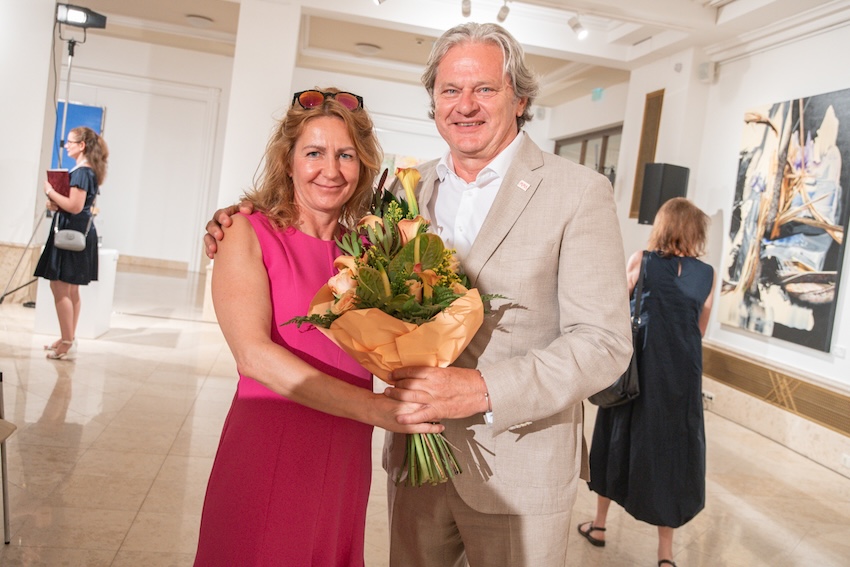
One of the nine federal states of the Republic of Austria, Lower Austria lies in the northeast of the country. It is the largest state by area, the second most populous, and surrounds Vienna, the Austrian capital, which historically emerged from this region. Cross-border cooperation with neighbouring Hungary has long been a priority for Lower Austria. A dynamic cultural exchange thrives between the two regions, encompassing fields such as music, literature, heritage conservation, and the visual arts. This close relationship also has geographical roots: Lower Austria and Hungary are naturally linked by the majestic Danube River, a shared lifeline and cultural artery that has shaped the history and identity of both regions.
This exhibition is part of an ongoing collaboration between the Hungarian Academy of Arts and Lower Austria. In 2024, during Hungary’s presidency of the Working Community of the Danube Regions (ARGE Donauländer), six Hungarian artists were invited to exhibit their works in the Ausstellungsbrücke Gallery in St. Pölten under the title “Young Hungarian Contemporaries 2024”. Now, The Glory of Beauty brings contemporary Lower Austrian art closer to a Hungarian audience, continuing this artistic dialogue.
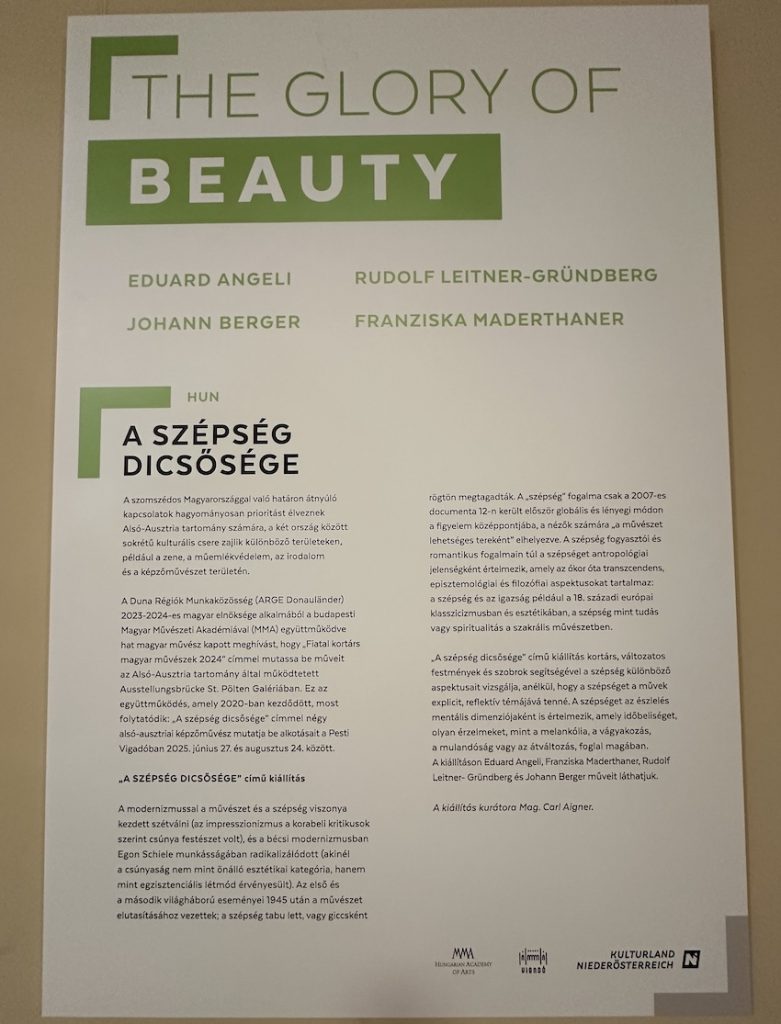
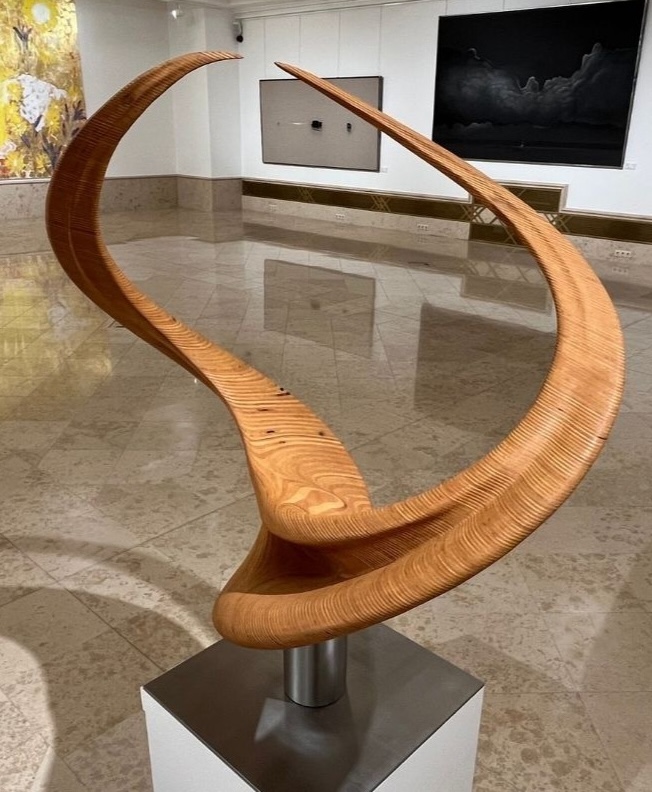
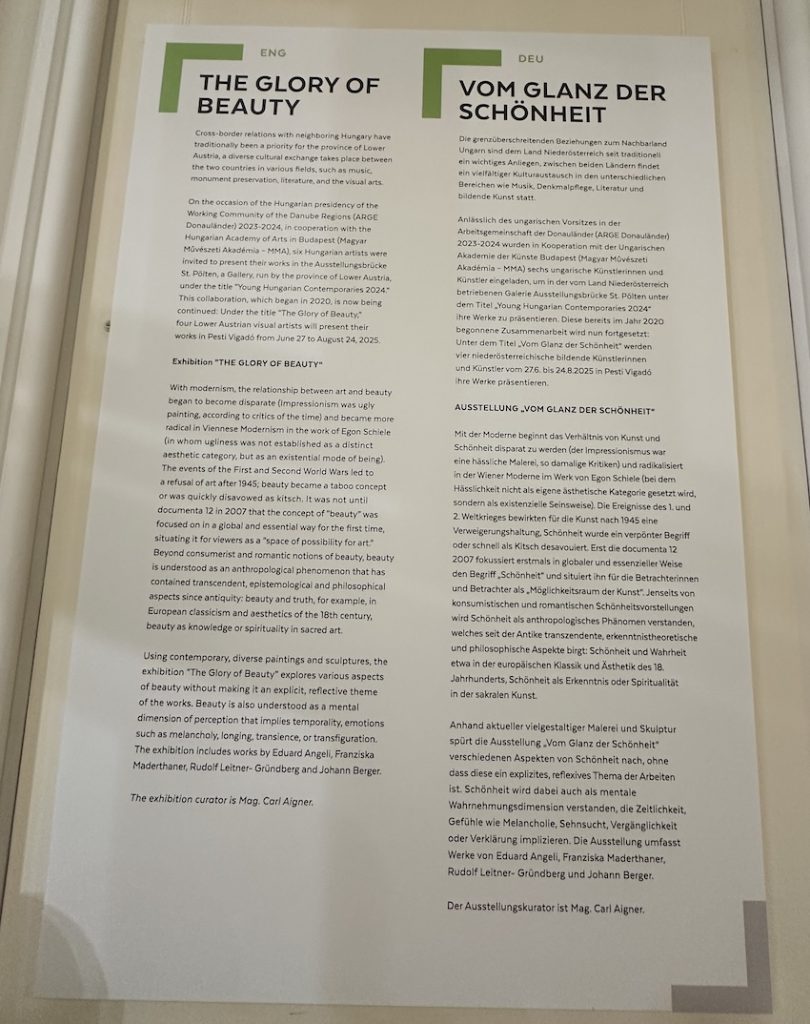
A Reflection on Beauty
Since the advent of modernism, the relationship between art and beauty has become increasingly complex. What was once seen as the natural domain of art gradually turned ambiguous – even contentious. Impressionism, initially dismissed by critics as “ugly painting”, marked a turning point. Viennese Modernism, particularly in the work of Egon Schiele, further challenged traditional ideals – presenting not beauty as an aesthetic goal, but the raw human condition as a truth unto itself.
In the aftermath of two world wars, art entered a period of self-questioning. Beauty became suspect – even taboo – too often conflated with sentimentality or kitsch. It wasn’t until the exhibition documenta 12, which was held from 16 June until 23 September 2007 in Kassel, nicknamed “the 100-day museum”, that the concept of beauty was reintroduced into global discourse, not as a superficial ornament but as a “space of possibility for art”. Beauty, in this broader understanding, transcends consumerism or nostalgia. It reclaims its place as an anthropological and philosophical constant – linked to truth, knowledge, and spirituality, as seen in European classicism and sacred art.
In this sense, “The Glory of Beauty” invites us not to define beauty, but to experience it in all its complexity.
“The Glory of Beauty” exhibition is open until 24 August 2025, offering visitors an immersive and contemplative visual journey through various dimensions of beauty.

Sources: MMA and Pesti Vigadó
Photos by MMA, Pesti Vigadó, Nyírő Simon and DPA

